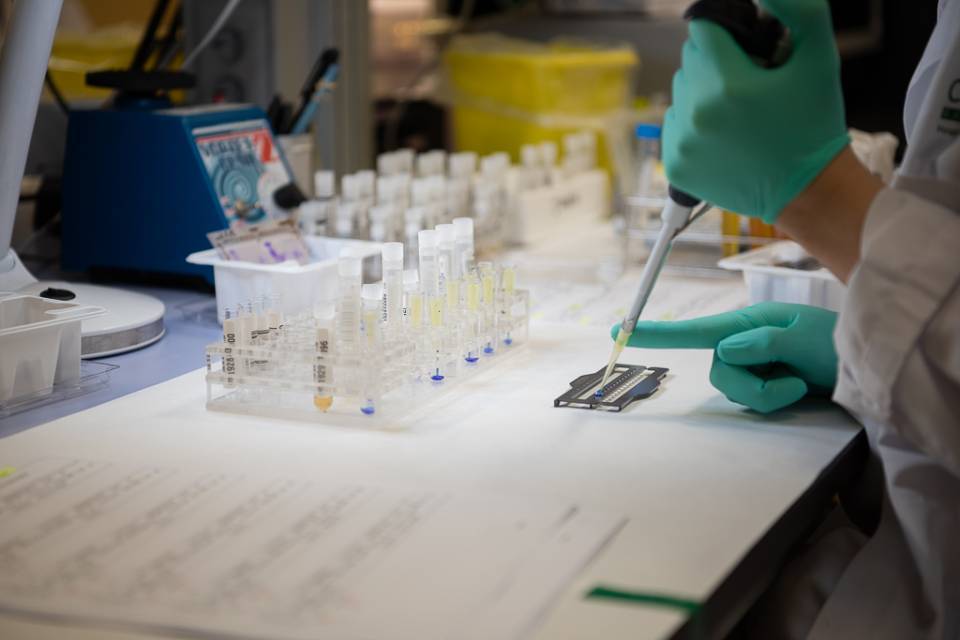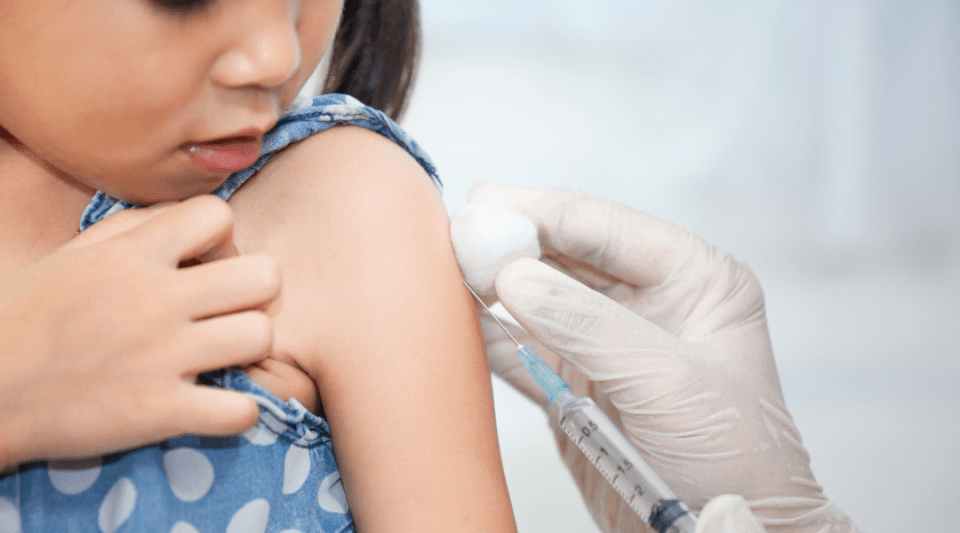SARS-CoV-2 has the capacity to infect cells in the body that have a receptor known as angiotensin-converting enzyme 2 (ACE-2) on their surface. Some examples of these cells include those that cover the mucous membranes in the respiratory system, and those covering the veins and arteries. The virus uses this receptor as a ‘point of entry’ and begins to replicate rapidly inside the cells.
The virus’ presence in the body is detected rapidly, thanks to the innate immune system. This constitutes the first line of defence that helps to contain the viral infection immediately (within the first minutes or hours). Nevertheless, it is usually not enough to halt the infection. For this reason, a few days later, more effective responses against the virus are launched, managed by the adaptive immune system. These responses are divided into two types: humoral and cellular. In the humoral adaptive response, the B lymphocytes produce antibodies, which are proteins capable of binding to specific regions of the virus. This union means the structures used by the virus to penetrate the cells can be blocked, impeding the infection. However, these antibodies have a limitation: they can only bind to the virus when it is outside the cells.
Immunity beyond antibodies
To definitively eradicate the viral infection, it is necessary to also eliminate the virus from inside the cells. This is the responsibility of the adaptive cellular response, managed by the T lymphocytes. The T lymphocytes recognise the cells infected by the coronavirus and destroy them. This makes the T lymphocytes and the adaptive cellular response the main and most efficient antiviral defence mechanism.
The vast majority of B and T lymphocytes activated during the viral infection only survive a few days or weeks. Fortunately, a small number of memory cells (which survive for months or years) are generated during the infection, and are available to defend us quickly in future encounters with the virus. It is precisely these T and B memory lymphocytes that vaccines try to generate, as they offer long-term protection.
Detecting immunity: serological versus cellular tests
The different diagnostic tests that have been developed for COVID-19 detect different types of immunity generated to the virus. But these tests often cause confusion when it comes to interpreting the results.
Serological tests measure antibody-mediated immunity. Negative results in these tests are often understood as an absence of infection or a loss of immunity. But it may also be because in the first days of the infection, not enough antibodies have yet been generated to be detected by the test, or the levels have already descended once the infection has passed. A drop in antibodies does not mean that immunity has been lost. Cell-mediated immunity (T lymphocytes) can protect us from the virus even when there are low levels of antibodies.
Cellular tests measure the presence of T cell-mediated immunity. The detection of T lymphocytes allows immunity to the virus to be assessed with more precision than the detection of antibodies. However, these tests require complex and costly techniques, which means their use is not widespread.
An alternative diagnostic strategy to check immunity to SARS-CoV-2 is detecting T memory cells. Unfortunately, this type of cellular test is only available for the purposes of vaccine research.
Understanding immunity to ensure an effective vaccine
Research into cellular immunity to the coronavirus is fundamental to be able to evaluate immunological memory, in other words, the period of protection following the infection. Likewise, when evaluating the efficacy of a vaccine, whether or not it is capable of stimulating cellular immunity (and not only antibody-mediated protection) should also be taken into consideration. Accordingly, lines of investigation based on cellular immunity have been opened, with the objective of selectively directing the immune cells to recognise and neutralise the coronavirus. This strategy was also shown to be effective with SARS-CoV in 2002.
Ultimately, our body’s response to the coronavirus is very complex, and there are still many questions to answer. The information we have today indicates that the T cell-mediated response is as or more important than the immunity provided by antibodies.
For these reasons, it is necessary to continue researching the immunological mechanisms derived from coronavirus infection, with the objective of developing effective therapies for COVID-19, improving diagnostic tests and ensuring the effectiveness of future vaccines.
Author: Guillermo Muñoz Sánchez, Immunology Resident at the Biomedical Diagnostic Centre. Hospital Clínic de Barcelona.




